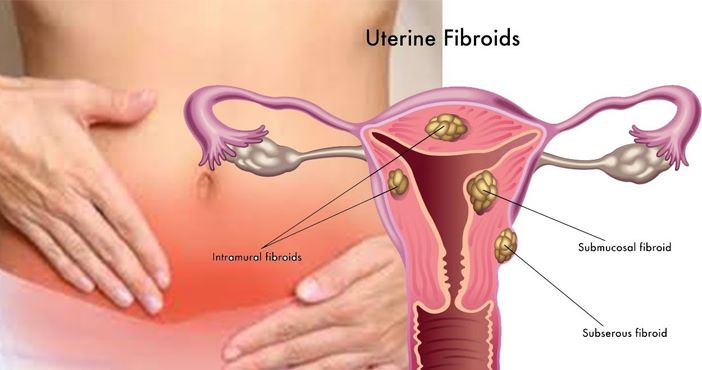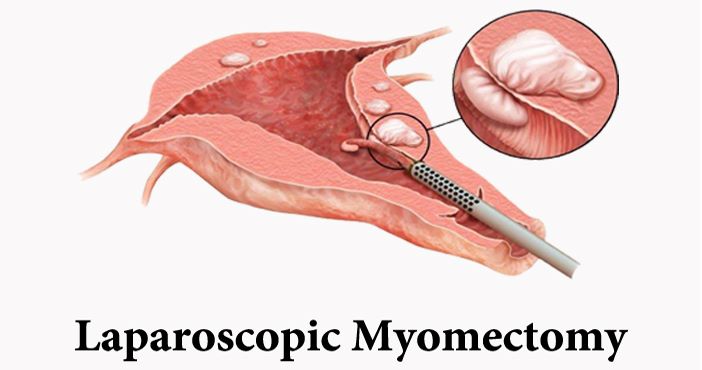
What is Laparoscopic Myomectomy?
Laparoscopic Myomectomy is a surgical procedure that involves the removal of fibroids without causing any damage to the uterus. It is also known as the Robotic Myomectomy in the medical word. When the fibroid starts to cause too much problem in daily life, the doctors may recommend this surgery. The symptoms which might lead to the surgery are Pelvic pain, Frequent urination, Irregular bleeding, Heavy periods. Laparoscopic Myomectomy helps to remove fibroids with small abdominal incisions. There are several forms of myomectomy techniques depending upon the location and size of the fibroids.
Types of myomectomy techniques
There are several forms of myomectomy techniques depending upon the location and size of the fibroids. Myomectomy procedures are done under anesthesia and in the operating room.
Hysteroscopic myomectomy
In the case of hysteroscopic myomectomy, surgeons use a narrow telescope to visualize the uterine cavity. The telescope is inserted into the vagina and then passed through the cervix enabling the surgeons to see the uterine cavity. This technique is used to remove small fibroids.
Laparoscopically-assisted myomectomy
This technique is used to remove the fibroids that extend into the uterine wall or the ones that are exposed outside the uterine cavity. A laparoscope is inserted into the abdomen along with other instruments.
Open abdominal myomectomy
In this procedure, surgeons get direct access to the uterus through a vertical incision into the abdomen. The incision made in this procedure is the largest incision made as compared to other techniques. It also needs more time to heal. When fibroids are too large, surgeons prefer this procedure.
Symptoms that indicate the need for laparoscopic myomectomy
- Constipation
- Unusually heavy period
- Pelvic pain
- Difficulty while urinating
- Frequent urination
- Duration of Menstrual period longer than one week
- Pain in legs and lower back
What to expect?
Usually, you will need 6 – 8 weeks to recover after the surgery. You will feel extremely tired during this time. One needs to take rest as much as possible. You must also avoid lifting heavy goods.
After this surgery, you will no longer experience the menstrual cycle or be able to conceive. In any case, your ovaries are removed during the time of surgery. As a result, you will begin menopause immediately if you had not reached it. You might face some symptoms such as hot flashes, vaginal dryness, and night sweats.


